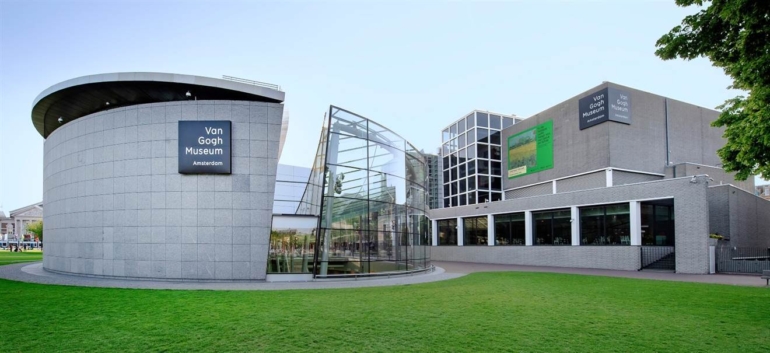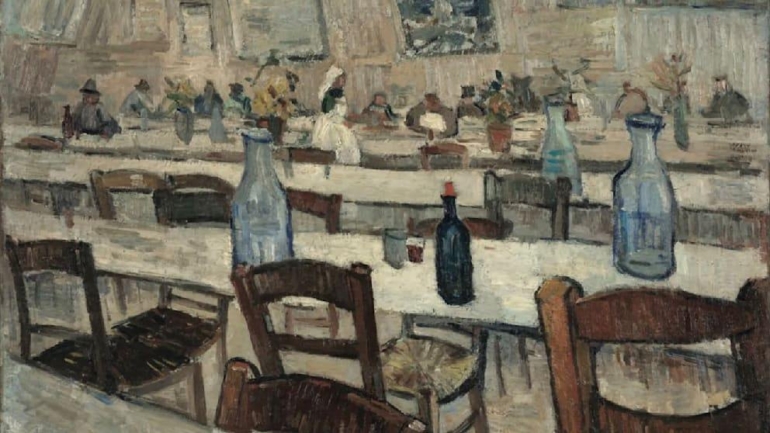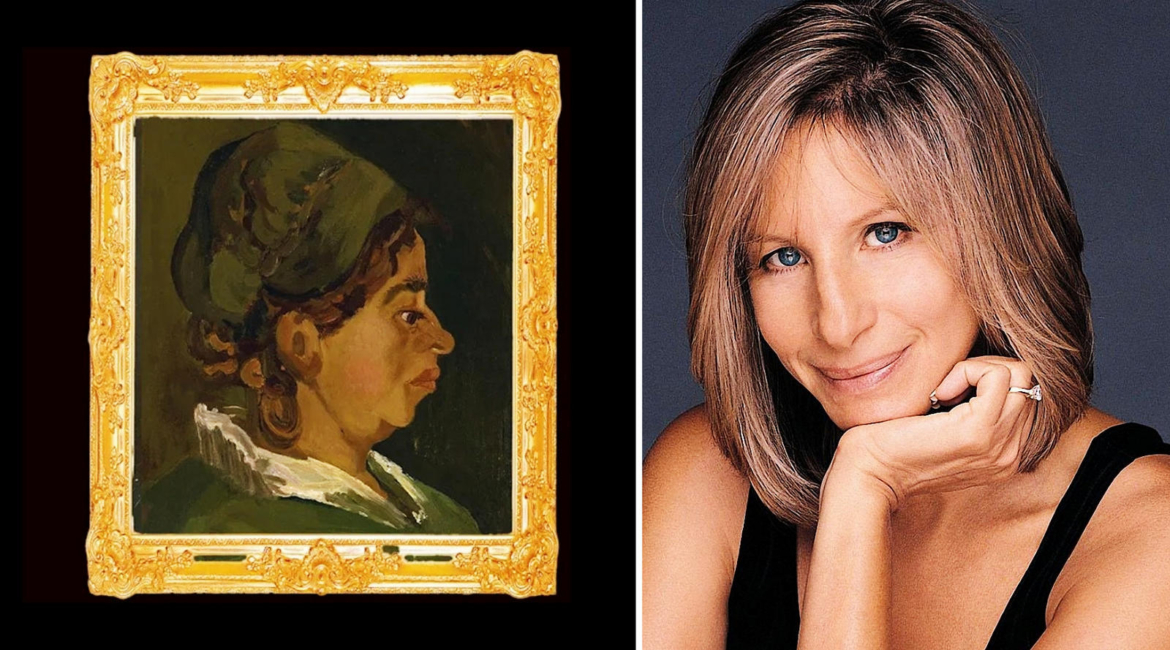Can fake art be contagious? Apparently so, as was the case with the famous American actress and singer Barbra Streisand. After falling in love with a Van Gogh self-portrait in the home of Hollywood producer William Goetz in 1963, she, an art connoisseur herself who had amassed an impressive collection of Art Deco and Art Nouveau pieces, finally bought Van Gogh’s The Woman’s Head with a Dark Hood for $1.2 million. It turns out that the Van Gogh self-portrait from nearly 60 years ago that had captivated Streisand was a fake, and so was her artsy acquisition purchased at Christie’s in 2011.

The Van Gogh Museum in Amsterdam exposed the painting, stating that the 1885 work of the artist had been missing since the late 1920s and unexpectedly turned up in a Dutch collection. Three years before the auction at Christie’s, the painting was appraised in Amsterdam and found to be genuine. However, the tables turned in 2019, when a man contacted the Van Gogh Museum and claimed that his family had owned the portrait of the woman with the dark hood since the late 1930s. It was only upon comparing both paintings and conducting a chemical analysis that it was revealed that Streisand’s painting had unusual pigments that did not match Van Gogh’s early phase.

Such is life, isn’t it? A fake inspired Streisand, as mentioned in her autobiography, My Name Is Barbra, and despite being a collector herself, she ended up with a forged artwork. Streisand has been an avid art enthusiast her entire adult life, even as a young girl with no money. She stated, “I had no money to buy art, so I would buy old picture frames and put them on white walls, just framing space, which I thought was beautiful.”
Today, the 81-year-old has a remarkable collection comprising American art, decorative pieces from the Arts and Crafts movement, and an excellent Art Deco and Art Nouveau collection, which was auctioned by Christie’s in 1994 for a whopping $5.8 million. What is one fake among a sea of originals, though?

